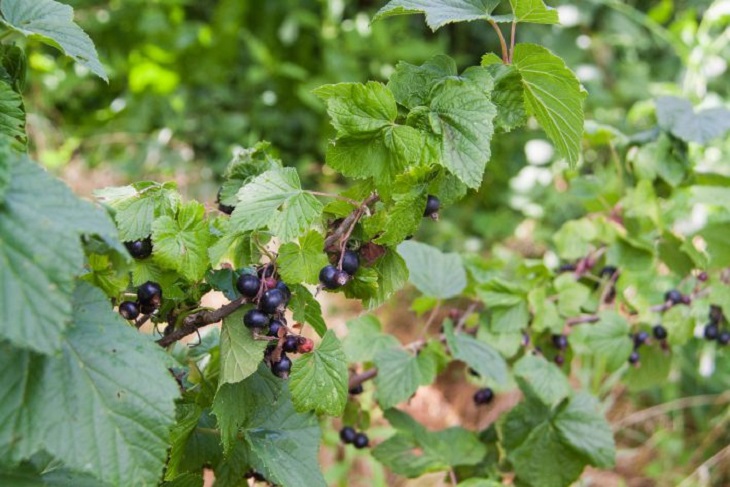What to do with currant bushes after winter: the harvest will be the envy of your neighbors
Every gardener knows that currants need pruning in the spring, but the matter is not limited to this.
To make your eyes run wild from the abundance of berries and to make the branches stretch to the ground under the weight, you need to properly process the plantings.
First things first
Start with pruning. Pay special attention to old shoots, if they were not removed in the fall.
Three- and four-year-old branches that have survived the peak of fruiting are removed from blackcurrants. Now they will fade and you should not count on an abundance of fruits.
Processing
In spring, pests become active. Some of them are capable of reducing the potential harvest volume by 50-70% or leaving no harvest at all.

Pathogenic microorganisms also pose some danger. To protect currants from diseases, spray them with a solution of copper sulfate. Any insecticide can be used against pests.
Top dressing
Attention is paid to the nutrition of the bushes. At the initial stage, nitrogen is needed. This macroelement will turn them into green, healthy plants. Manure or urea is added.
Then the emphasis shifts to potassium and phosphorus. These macroelements play a key role in fruiting. Wood ash can be added during digging.
